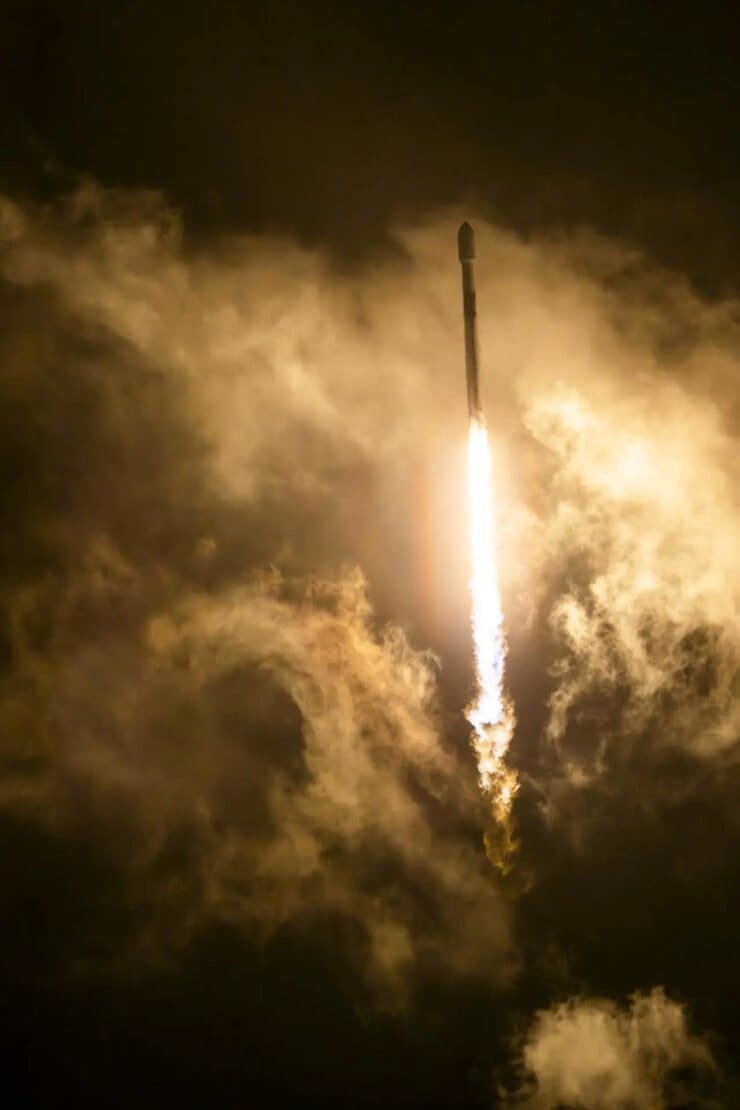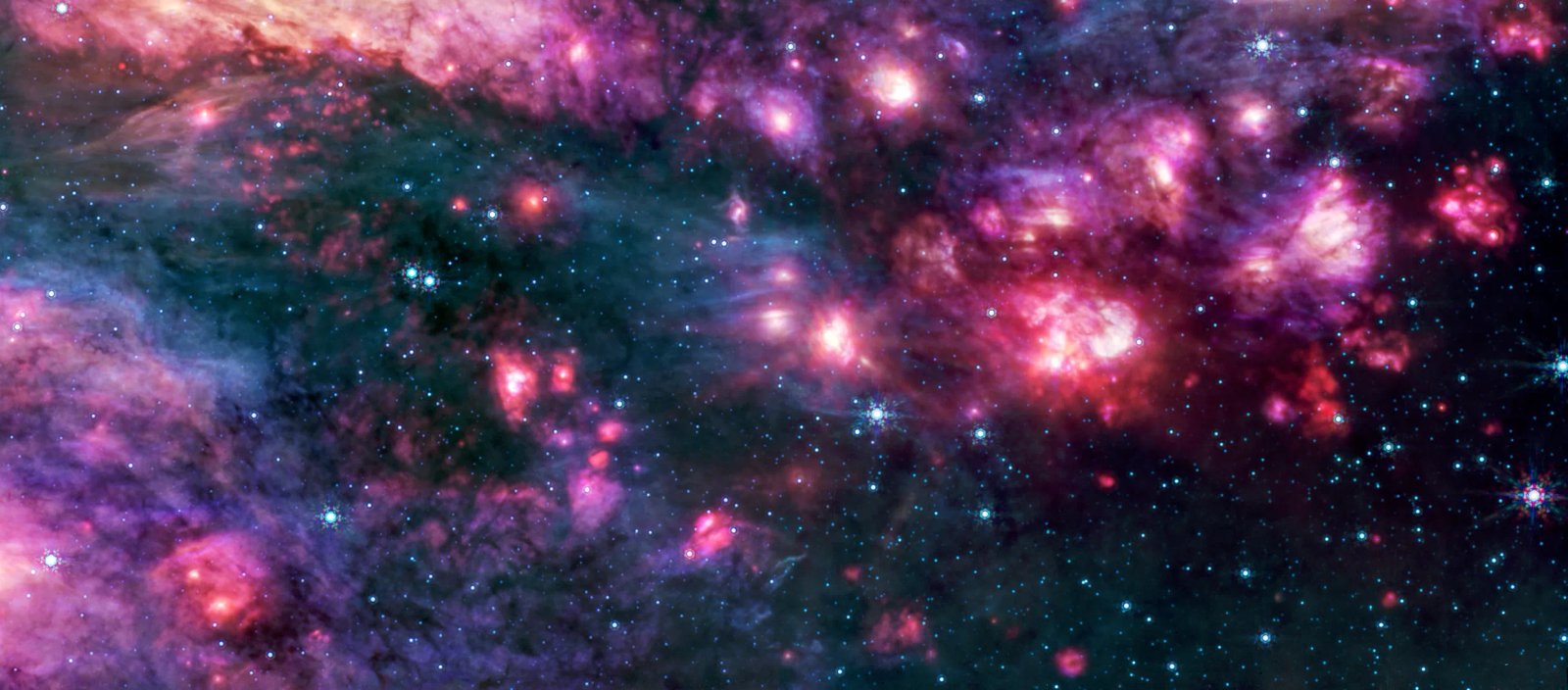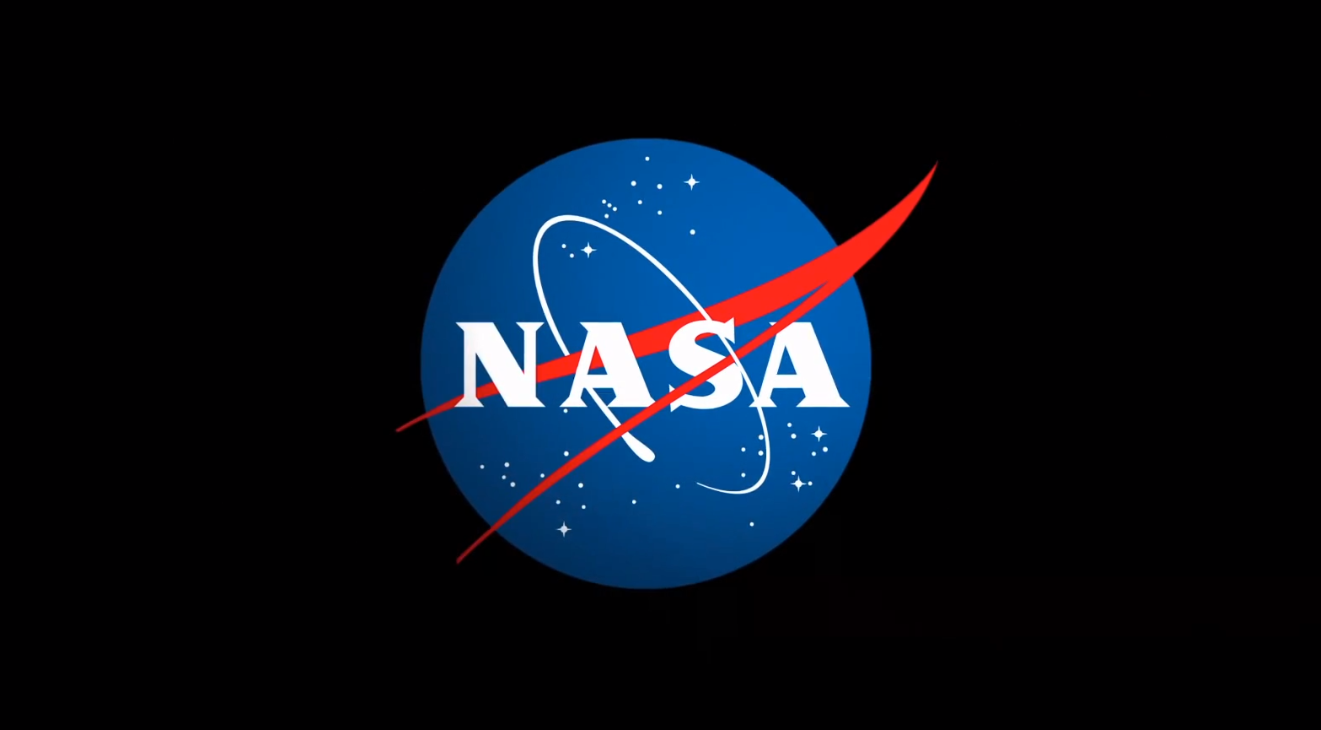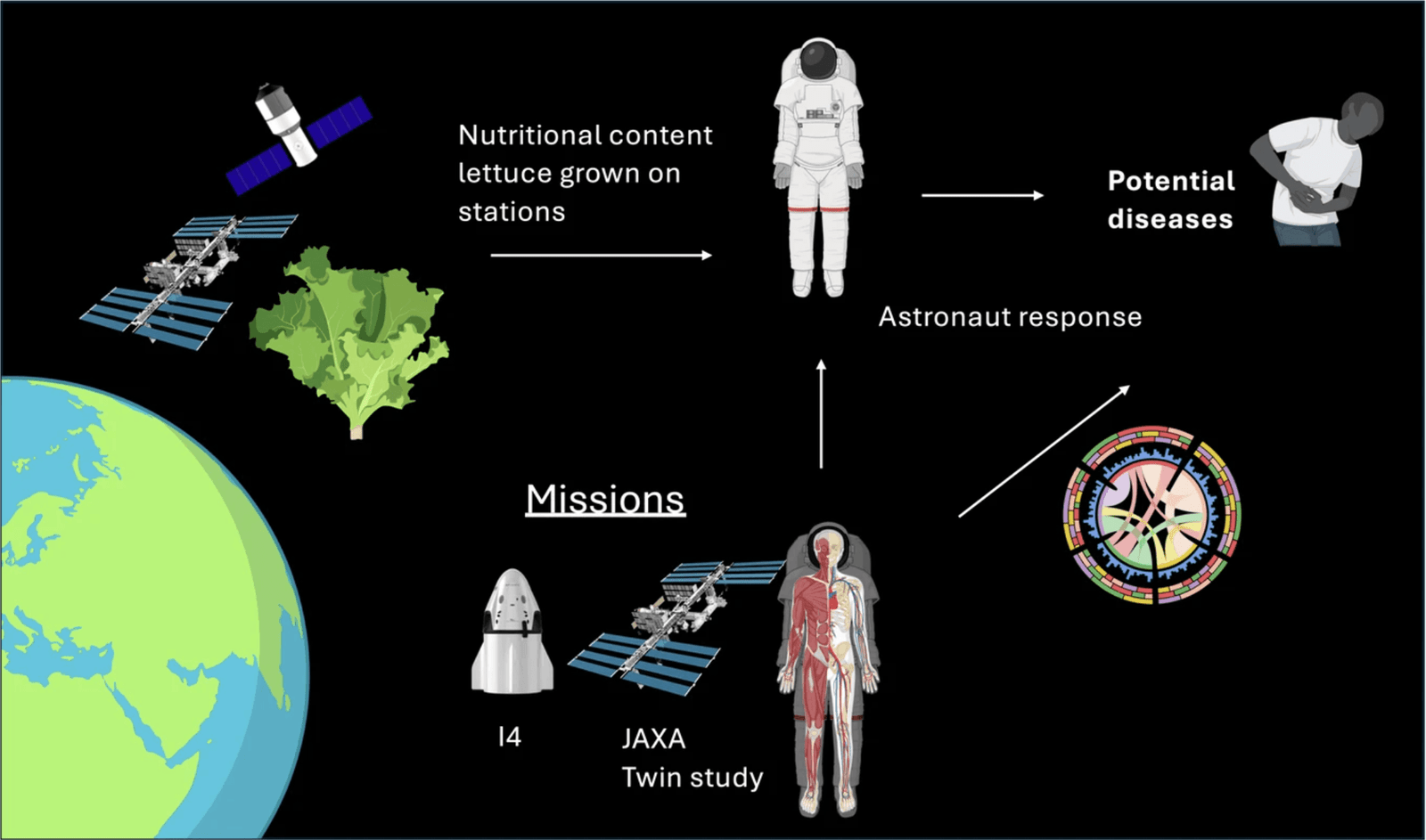On a chilly night in California, a tiny giant—about the size of a pickup truck—lifted off into the dark sky. Its destination? Space. Its mission? To keep watch over our planet’s vast, mysterious oceans. This new satellite, launched by NASA with help from SpaceX and European partners, isn’t just a piece of high-tech gear. It’s a crucial eye on Earth’s life support system—our oceans and atmosphere.
Why does this matter? Because oceans are more than just blue water stretching to the horizon. They are the heartbeat of the planet. They influence weather, regulate climate, and sustain countless species. Yet, they are also unpredictable, shifting with tidal forces and swirling storms. That’s where this tiny satellite comes in.
The Sentinel-6B, as it’s called, is a marvel of modern science
It can monitor the ocean surface with incredible precision—down to the inch. Think about that. Pinpointing tiny changes in sea level can mean the difference between life and death during a hurricane. It helps forecast these destructive storms more accurately. And better forecasts mean more time for people to prepare, to evacuate, and to stay safe.
But it’s not just about weather. This satellite’s data helps protect infrastructure—like ports, bridges, and coastal cities—by providing detailed information on rising sea levels and tidal patterns. For ships and commercial shipping, knowing exactly what the oceans are doing can save billions, making trade smoother and safer.
Launch day was smooth. SpaceX’s Falcon 9 carried the satellite into orbit from California, and within hours, it was talking to ground stations in Canada. All systems are go. This seamless operation underscores our technological progress. We’ve reached a point where space hardware can give us real-time insights about Earth—information that directly touches our daily lives.
This effort reminds us of something essential for Oceanography
Our knowledge of space isn’t just about space exploration for exploration’s sake. It’s about exploring in ways that improve our lives, making us better stewards of our planet. When understanding tidal patterns down to the inch becomes part of our science toolkit, we can better protect our homes, our economy, and the very environment we depend on.
In the end, these launches aren’t just about technology. They’re about hope—hope that we can better understand a complex planet. Hope that, through science, we can face the storms—literal and figurative. And hope that the vast expanse of space, with all its mysteries, can help us safeguard the delicate blue orb we call home.
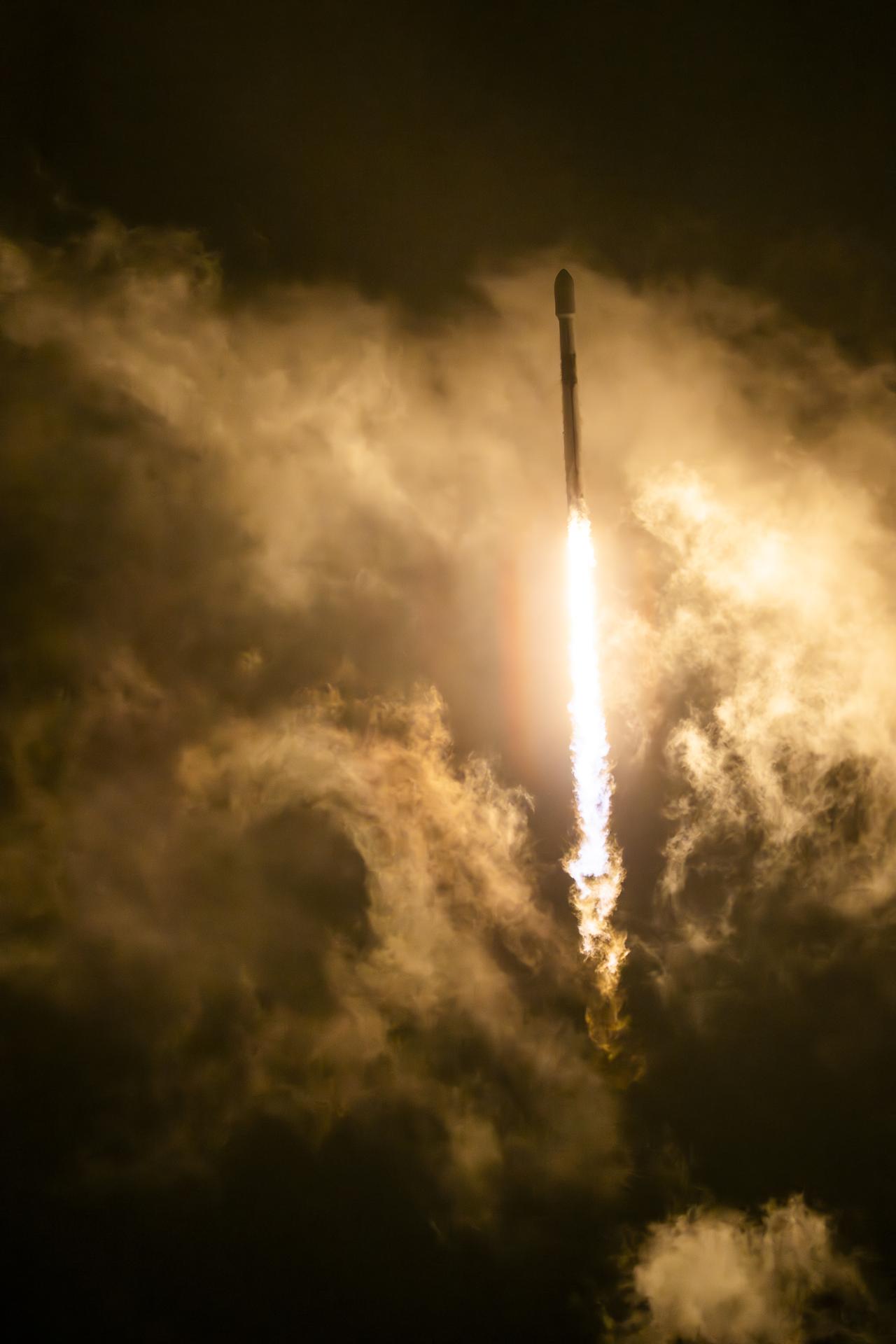
Startups and the Science of Growth
At NASA, we see the culmination of our greatest scientific and engineering achievements. Their missions are a testament to the best of human knowledge and capability.
This mission showcases cutting-edge tech that startups can learn from. NASA’s satellite technology demonstrates how precise data collection and real-time monitoring can transform industries. By adopting similar principles, startups can build systems that predict market trends or customer needs more accurately.
One strategy is integrating satellite data or similar real-time information streams to optimize supply chains or product launches. Next, applying NASA’s rigorous testing and innovation approach can help startups develop more reliable and resilient products. Third, using advanced analytics to interpret data from sensors or satellites can boost decision-making and offer a competitive edge.
These lessons from NASA and SpaceX underscore that technological innovation isn’t just for space. It can inspire businesses to improve efficiency, reduce risk, and unlock new markets.
Looking ahead, the launch of this satellite might reshape the world economy by enhancing climate resilience and protecting infrastructure. As ocean data becomes more precise, industries like shipping and fisheries will thrive. This advancement suggests that space technology’s influence extends beyond exploration—it’s vital to economic stability and growth. The future holds exciting possibilities where innovation driven by space missions can lead to breakthroughs beneficial for all of humanity.
CIO/CISO Perspective on NASA
This is where technology and human creativity converge to solve problems, both simple and complex. It’s where innovation thrives and possibilities are limitless.
It’s a fallacy that NASA is over-funded or wasteful in its spending. Their work is critical to advancing our understanding of the universe and improving life on Earth.
Although NASA’s budget has increased in recent years, it still represents a tiny fraction of the overall federal budget.
I endeavor to curate stories like this one on my website. This serves a dual purpose: firstly, to provide a valuable reference for my writing endeavors, and secondly, to share insightful narratives with the wider community. If you like this story, you should check out some of the other stories in the Science section or Small Business section.
To check the original story Click here
Learn Something New
Stay informed on the latest NASA and space news at Space.com.
AI-NASA-V3


